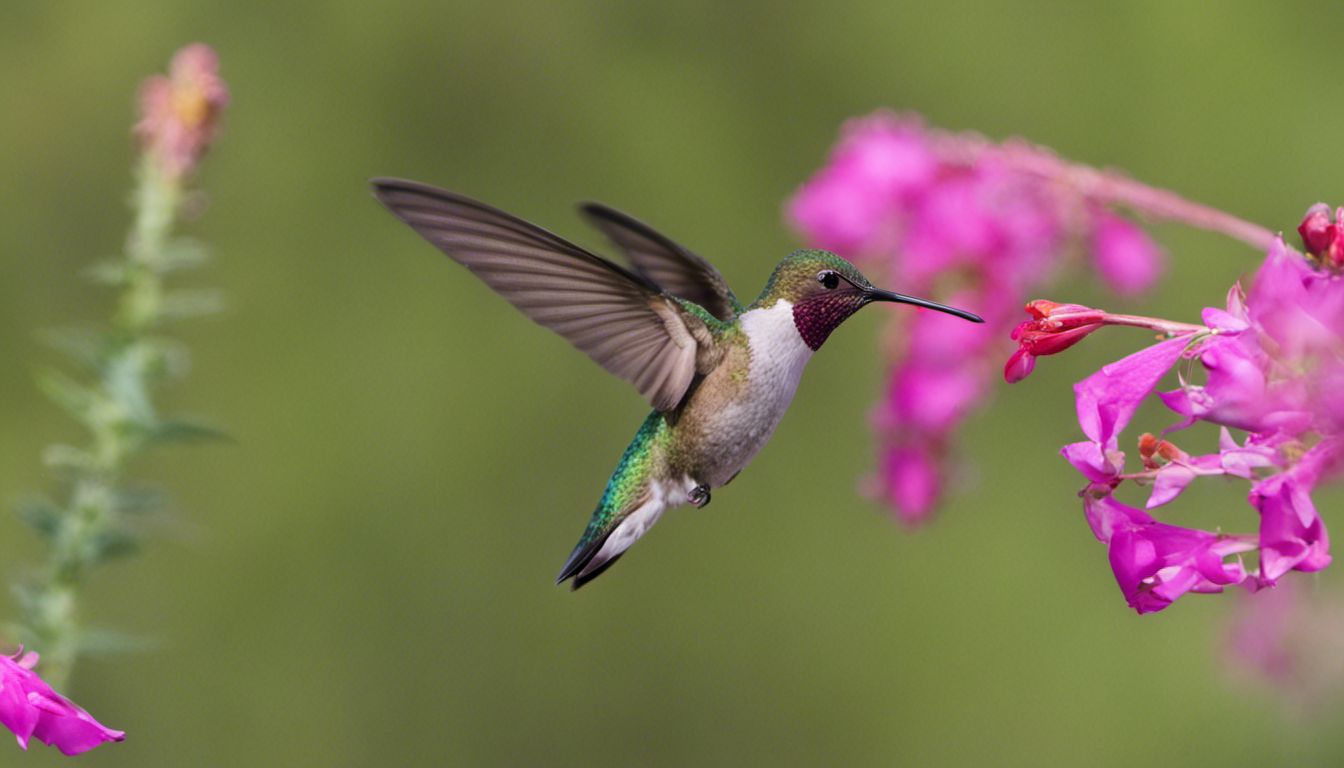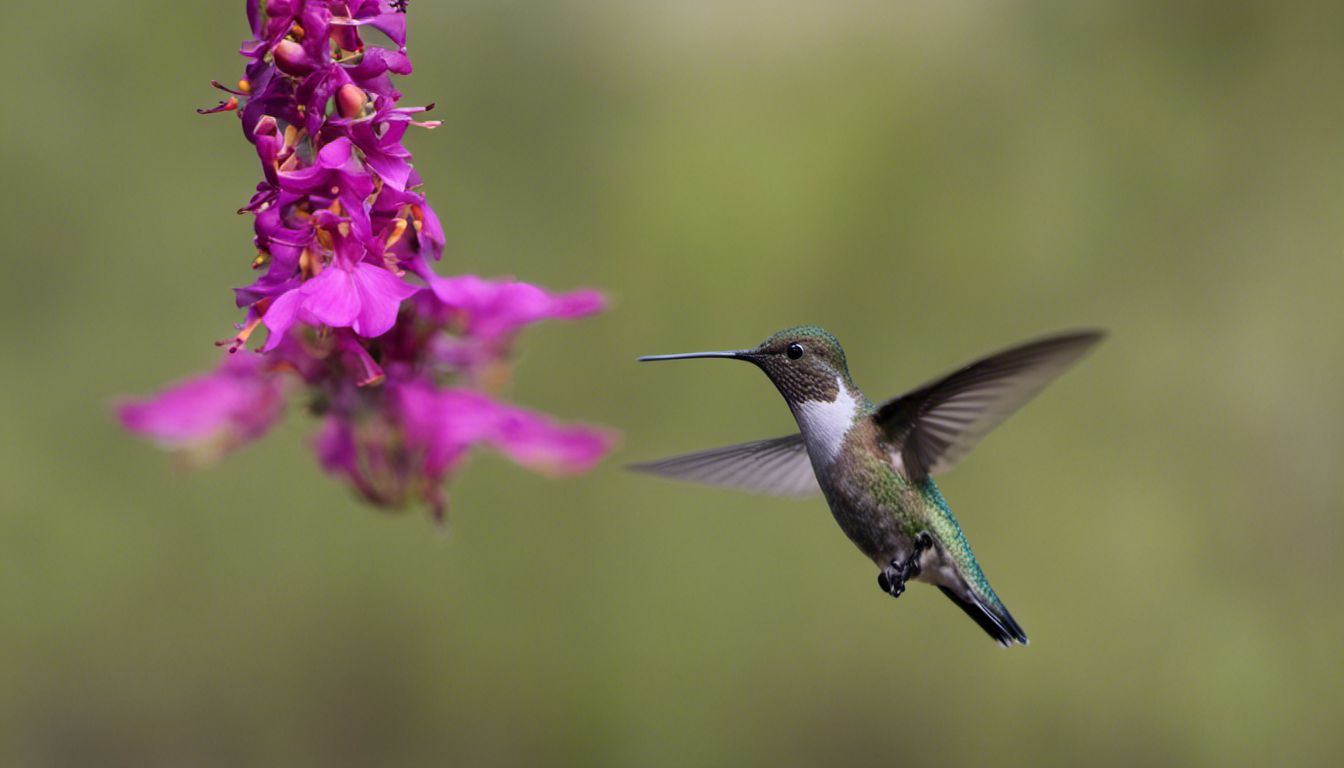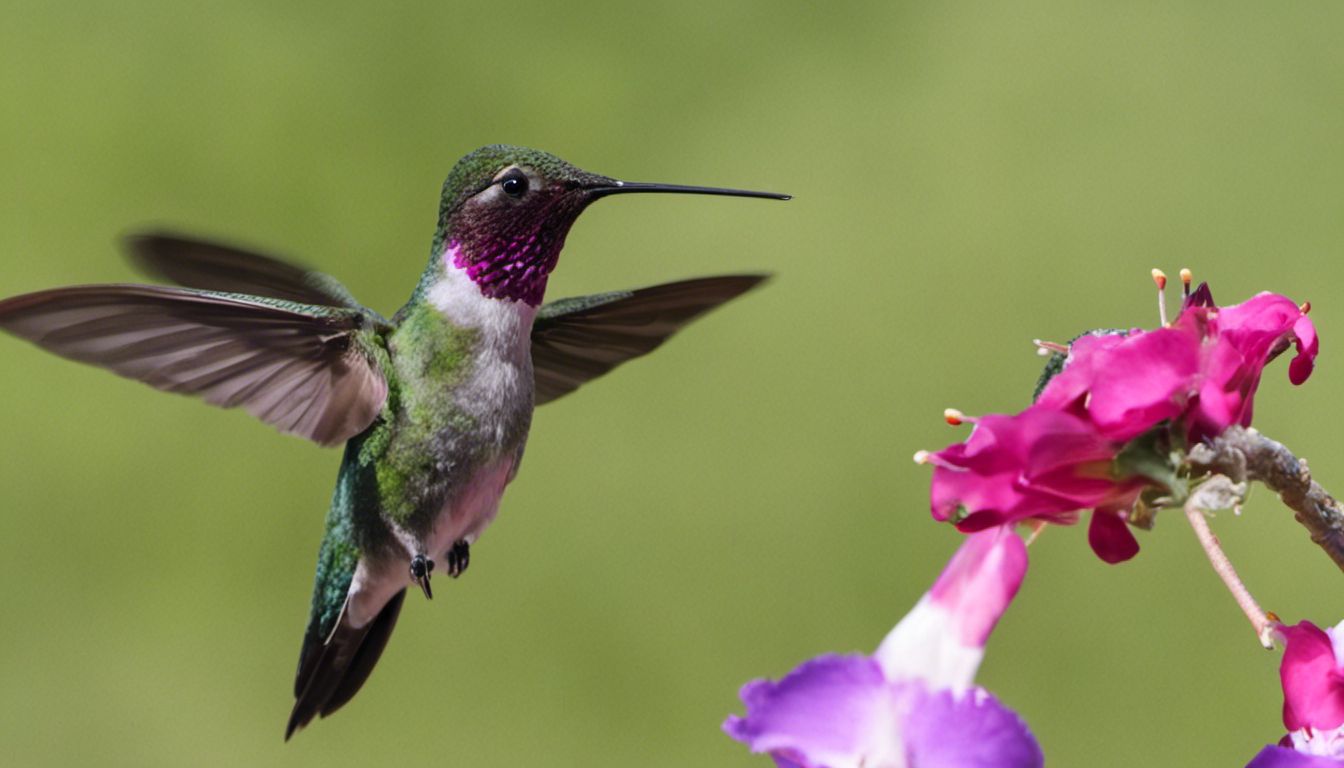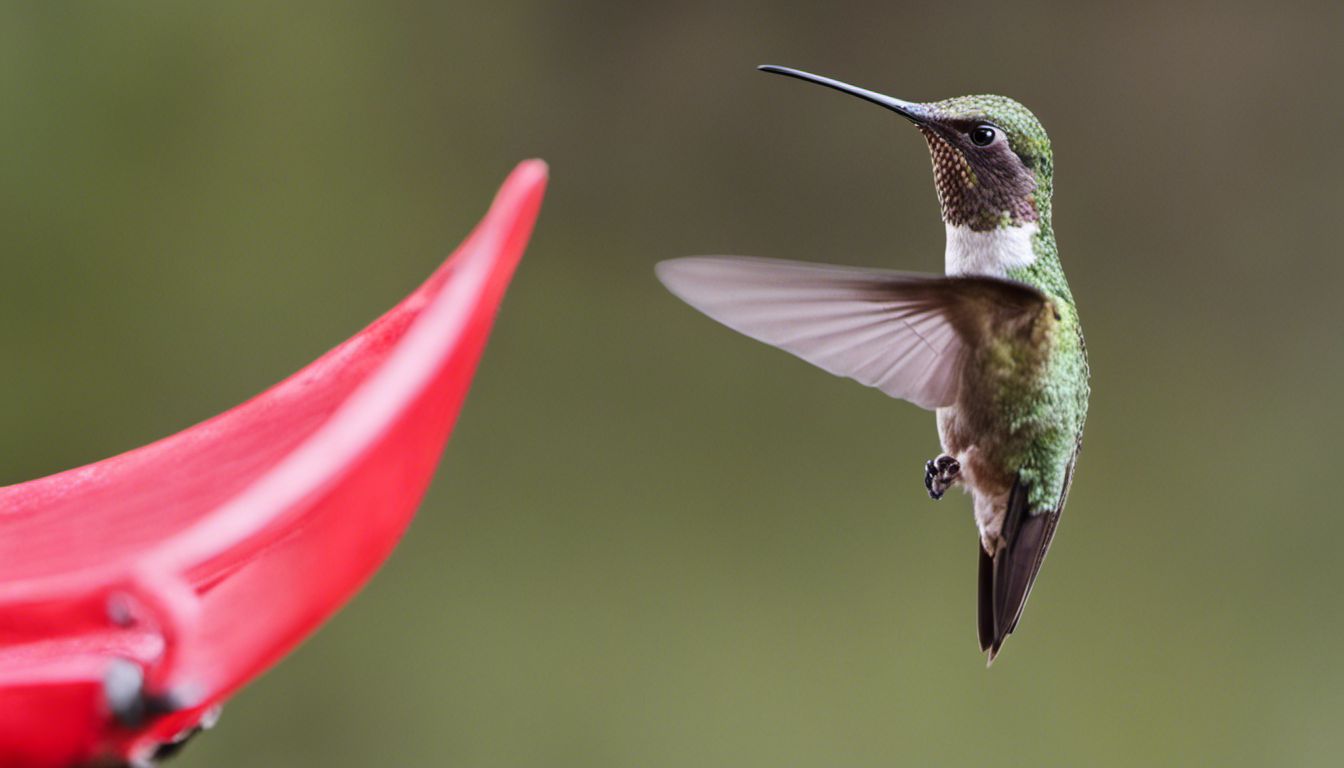Hummingbirds exhibit a fascinating behavior known as site fidelity, often returning to the same place every year after their long migrations. These tiny travelers have the amazing ability to navigate across vast distances to find their preferred habitats and feeders with precision.
Here are some key takeaways about the migration habits and site fidelity of hummingbirds:
- Hummingbirds exhibit site fidelity, which means they often return to the same feeding sites and nesting areas yearly.
- Migration routes can span thousands of miles, with hummingbirds having an incredible navigation system that includes memory and possibly an innate understanding of the Earth’s magnetic field.
- The mysteries of hummingbird navigation remain largely unsolved, but it’s believed that they rely on a combination of sun positioning and geographical landmarks.
- To encourage repeat visits, you can maintain consistent food sources, favorable habitats, and safe resting spots within your garden or space.
Hummingbird Migration and Site Fidelity

Observations and collected data indicate that hummingbirds demonstrate a remarkable pattern of returning to the same feeders and gardens year after year, showcasing their site fidelity. This consistent behavior is observed despite their lengthy and arduous migration routes. Not only do they return to familiar places, but they also tend to be consistent in their stopover points along the migration path, and even their arrival dates are predictably similar each year.
These are the highlights of hummingbird migration and site fidelity:
- The concept of site fidelity is well-documented in hummingbirds, with individuals frequently returning to familiar nesting sites, feeders, and gardens.
- Hummingbird migration patterns are complex, yet their stopover points and timing tend to be remarkably consistent.
- Researchers and bird enthusiasts have noted the punctuality of returning hummingbirds, often arriving within the same week each year.
The Mysteries of Hummingbird Navigation

The precise navigation of hummingbirds remains somewhat of a mystery to scientists, who have several theories on how these birds manage to find their way back to exact locations each migration season. Researchers suggest that environmental triggers and weather patterns play significant roles in signaling migratory timing for hummingbirds. Additionally, their innate ability to remember previous routes and locations seems to be crucial in guiding these birds back to familiar places.
Here’s what we know about the navigation and travel patterns of hummingbirds:
- Hummingbird navigation may include the use of environmental cues such as the position of the sun, topography, and even changes in weather patterns.
- The birds appear to have an internal clock that responds to environmental triggers, initiating the migration process at optimal times.
- Memory seems to play a crucial role; hummingbirds remember their migration routes and previous stops with impressive accuracy.
- Upon returning to an area, it can take hummingbirds a short while to locate their previous feeding spots, sometimes arriving within a day of feeders being put out.
- The migration timeline for hummingbirds can vary, depending on factors like species and geography, but generally follows a seasonal pattern aligned with flowering plants and food availability.
Encouraging Repeat Hummingbird Visits

Attracting hummingbirds to your yard and ensuring they return each year involves thoughtful preparation and maintenance of your garden and feeders. By strategically placing feeders, keeping them clean, and providing a steady source of food, you create a welcoming environment for these birds. In addition to feeders, establishing a garden with nectar-rich flowers that hummingbirds love can make your yard an irresistible stop on their migration route. Timing is also important, so knowing when to hang your feeders can make all the difference in catching the migration wave.
For those looking to become a favored spot on a hummingbird’s GPS, consider these tips:
- Place feeders in a visible, safe location where birds can easily access them and evade predators.
- Ensure feeder cleanliness to prevent the spread of disease; clean them regularly with hot water and vinegar to avoid mold growth.
- Offer abundant food sources by filling feeders with a simple sugar-water solution and avoiding red dyes.
- Maintain a garden with hummingbird favorites like bee balm, salvia, and trumpet vine to provide natural nectar options.
- Hang feeders a few weeks before the anticipated arrival of hummingbirds, often based on regional migration patterns, to ensure they find a reliable food source immediately upon return.

